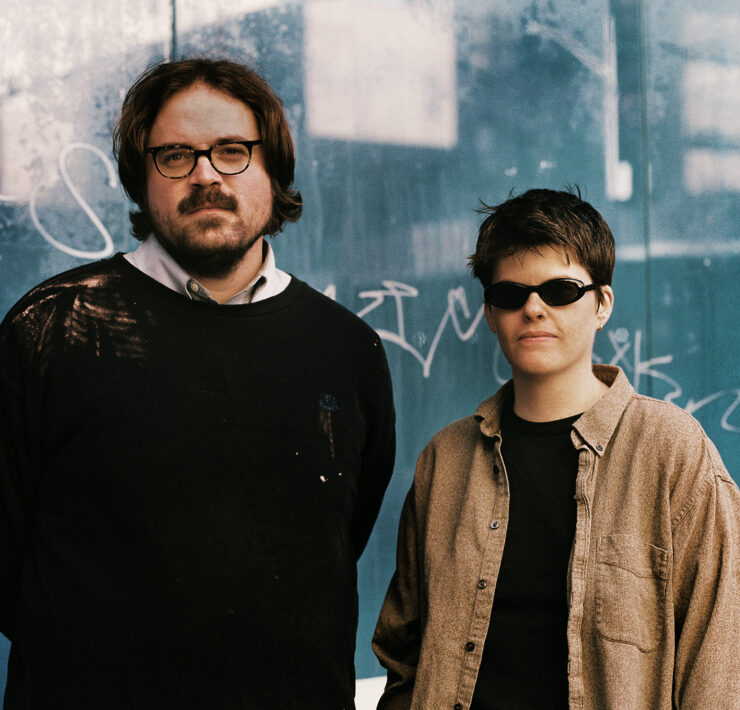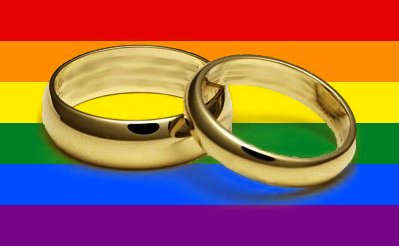The Intersections of Queerness and Disability

Disability rights activism has been changing and challenging the nation as we know it for decades; groups like ADAPT from right here in Denver fought tooth-and-nail to make the American workplace, social services, and other parts of our daily lives more accessible for the physically and mentally handicapped.
As is often the case for race, class, and various other intersectional combinations, being both differently-abled and queer can bring about its own struggles, and those in our community living with physical, mental, or cognitive illness often have very particular needs and lack visibility.
“I’m older and lived through the early 80s AIDS crisis,” said Rex Fuller of the GLBT Community Center. “Many able-bodied gay men became disabled. Several of my friends from that time found themselves in wheelchairs or using crutches or dealing with blindness, and other things like that.”
Though hesitant to speak on behalf of the disabled, Fuller also remarked that both communities “have dogs in the fight” in regard to receiving adequate healthcare.
While the statewide uninsured rate has gone down significantly these past few years, Coloradans, particularly differently-abled and LGBTQ residents, can still lack access to proper care, fall victim to high prices, and even experience identity/ability-based discrimination. Given this, it makes sense that these communities often work together in their causes.
However, disabled members of the queer community face stigma from fellow LGBTQ folks on various fronts.
The term ‘cripgay’ is used to describe queer people, usually men, with physical disabilities. In the Lambda Award-winning anthology Queer Crips: Disabled Gay Men and Their Stories (2004), numerous writers contribute personal musings on the exclusion which they face from the gay community. Bob Guter, one of the book’s editors, said to The Washington Blade, “Gay men with disabilities don’t fit the queer image of beauty.”
Facing community prejudice, either because of vanity or preconceived notions towards queer people, are some of the main issues that get discussed when ‘cripgay’ issues come to light.
In terms of trans/gender-nonconforming communities, being differently-abled can pose immense challenges, and not just socially. For example, disability can create major obstacles in acquiring gender-affirmation care.
For any citizen on Medicaid, millions of whom are disabled, healthcare access can be an uphill trudge. Many doctors do not take Medicaid, which can make it almost impossible to get healthcare for disabled people in lower income brackets.
For differently-abled Medicaid recipients who are physically transitioning, two battles must be fought. On one front, they must try to get the care they need in regard to disability through their Medicaid plan; on the other, they must try to do the same in receiving needed surgery and hormone treatment. These two are often in direct opposition with one another, especially if you are one of many on Medicaid whose plan excludes coverage for transition-related care.
Fortunately, Colorado is one of a chunk of states that outright prohibits the exclusion of trans recipients, for both Medicaid and private insurance. However, most of the country’s disabled, trans citizens currently on Medicaid face either unclear state legislation in regard to their protections or explicit policies, which make them unable to receive proper treatment.
Handicapped trans people are definitely not immune to prejudice and discrimination from their own communities. Given the frequent dehumanization of the visibly physically-disabled, it is not a huge surprise that the erasure of sexuality and gender identities are so common, even in supposedly liberal, social-justice-oriented circles; users of wheelchairs or crutches are seen only as their handicap, not as real people with their own personalities, gender expressions, and orientations.
It seems to be a continuation of the peculiar and vastly-ranging threshold of acceptance held by various queer activists and groups. Many “max out” at promoting the rights of cis, white, able-bodied, middle-class gays, and if a group’s needs are even a little more specialized or nuanced, they are thrown under the bus. This can create community-wide disregard for both intersectionality and gender-nonconformity.
Stigma and discrimination from both inside and outside of the queer community have substantial and wildly complex effects on the lives of the disabled; it is clear that the intersectionality of queer identity and disability can create challenges in receiving shelter, healthcare, and community support and respect.
We all must come together in the ongoing pursuit of social equity, inclusivity, and accessibility for everyone.
What's Your Reaction?
Ezra Kronfeld is a journalist and degenerate. Her interests include media, inequality, cultural taboos, sexuality, art, politics, and the like. @EHKronf ezrakronfeldwrites.net










